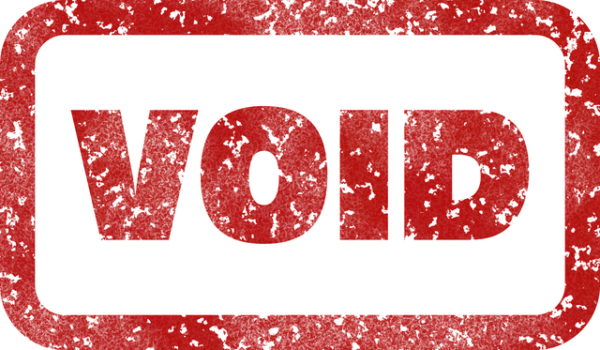Understanding how to manage and pay for your homeowners insurance can help you avoid lapses in coverage and ensure that you are always protected. In this article, we will explore the various methods available for paying homeowners insurance, and the benefits and drawbacks of each.
Payment Methods for Homeowners Insurance
Homeowners insurance payments can be made through several different methods. Each option has its own advantages and considerations. The most common methods include:
1. Monthly Premium Payments
Paying your homeowners insurance on a monthly basis is a popular choice for many homeowners. This method allows you to spread the cost of your insurance over the course of the year, making it more manageable for your budget.
Advantages of Monthly Payments
Budget-Friendly: Monthly payments can fit better into a monthly budget, as they break down the annual premium into smaller, more manageable amounts.
Easier to Manage: Regular monthly payments can help prevent large, lump-sum payments, which can be more difficult to manage financially.
Disadvantages of Monthly Payments
Potential for Higher Costs: Some insurance companies may charge a small service fee for monthly payments, which could result in a higher overall cost compared to paying annually.
Increased Risk of Missed Payments: With monthly payments, there is a higher risk of missing a payment due to oversight or financial issues, which could lead to a lapse in coverage.
2. Annual Premium Payments
Paying your homeowners insurance in one lump sum annually is another option. This method involves paying the entire premium amount at once, typically at the beginning of the policy term.
Advantages of Annual Payments
Potential Discounts: Some insurers offer discounts for paying the annual premium in full, which can reduce the overall cost of insurance.
Simplified Management: Paying once a year can be simpler to manage, as you only have to keep track of one payment instead of multiple.
Disadvantages of Annual Payments
Higher Upfront Cost: The main drawback is the need to pay a large sum of money upfront, which might be challenging for some homeowners.
Less Flexibility: If you face financial difficulties during the year, you may find it harder to manage a large annual payment.
3. Semi-Annual Premium Payments
Semi-annual payments split the annual premium into two equal payments, made every six months. This method offers a middle ground between monthly and annual payments.
Advantages of Semi-Annual Payments
Balanced Approach: This option allows for more manageable payments compared to an annual lump sum, but less frequent than monthly payments.
Possible Savings: Like annual payments, semi-annual payments may come with discounts or reduced fees compared to monthly payments.
Disadvantages of Semi-Annual Payments
Moderate Financial Strain: While not as burdensome as an annual payment, semi-annual payments still require larger sums of money every six months, which can be challenging for some.
Potential for Payment Misses: As with any payment schedule, there is still a risk of missing a payment, which could affect your coverage.
Payment Methods Overview
Here’s a quick overview of the different payment methods:
Monthly Payments: Spreads the cost across the year with potentially higher overall costs due to service fees.
Annual Payments: Requires a lump sum payment, possibly with discounts but challenging to manage for some.
Semi-Annual Payments: Provides a balance between monthly and annual payments, but requires larger sums every six months.
See Also: What is HO-6 Home Insurance & How to Choose It
Managing Your Insurance Payments
Effective management of your homeowners insurance payments is crucial for maintaining continuous coverage and avoiding penalties. Here are some tips to help you stay on top of your payments:
1. Set Up Automatic Payments
Setting up automatic payments can help ensure that you never miss a payment. Many insurance companies offer this service, which can be linked to your bank account or credit card.
Advantages of Automatic Payments
Consistency: Automatic payments ensure that your premiums are paid on time every month, reducing the risk of a missed payment.
Convenience: You do not have to remember to make payments manually, which can be especially helpful for busy homeowners.
Disadvantages of Automatic Payments
Risk of Overdrafts: If your account does not have sufficient funds, automatic payments can lead to overdraft fees or missed payments.
Less Flexibility: You might have less control over payment timing and amounts, which can be a drawback if your financial situation changes.
2. Use Online Payment Portals
Most insurance companies provide online payment portals where you can make payments directly. These portals often offer various payment methods, such as credit/debit cards and electronic checks.
Advantages of Online Portals
Accessibility: You can make payments anytime and from anywhere, as long as you have internet access.
Immediate Processing: Payments made online are often processed quickly, reducing the risk of late fees.
Disadvantages of Online Portals
Security Concerns: Online transactions require careful handling of personal and financial information to avoid potential fraud or identity theft.
Technical Issues: You may encounter technical issues or website downtime, which could affect payment processing.
3. Manual Payments
Manual payments can be made by mailing a check or visiting the insurance company’s office. While less common in today’s digital age, this method is still available.
Advantages of Manual Payments
Tangible Proof: Physical checks provide tangible proof of payment, which can be useful if there are disputes or issues.
Control: You have complete control over the timing and amount of each payment.
Disadvantages of Manual Payments
Processing Time: Payments made by mail can take longer to process, potentially leading to late fees if not managed carefully.
Inconvenience: Visiting the insurance office or mailing checks can be less convenient compared to online payments.
Conclusion
Paying homeowners insurance is a crucial aspect of managing your policy and ensuring continuous protection for your home. Understanding the different payment methods, their advantages and disadvantages, and how to manage payments effectively can help you make informed decisions that suit your financial situation.






















